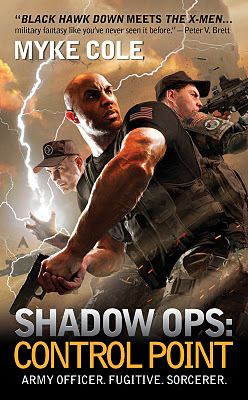Some Notes on The Eagle of the Ninth
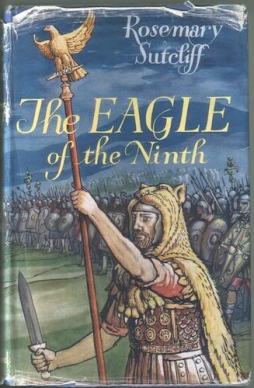 What I know about Rosemary Sutcliff:
What I know about Rosemary Sutcliff:
She was born in 1920. At age two she was struck by a terrible form of juvenile arthritis; she was in a wheelchair most of her life. She didn’t learn to read until she was nine, but was read to by her mother — Dickens, the Mabinogion, Kipling, King Arthur, Robin Hood. She became a writer in 1950, with a book drawing from those tales: The Chronicles of Robin Hood. In 1954, she wrote a book about Roman Britain, The Eagle of the Ninth, that became the first of a well-known series. She died in 1992.
I recently read The Eagle of the Ninth. And as a result of that I know this, too: I will be reading more of her work, in the very near future.
The Eagle of the Ninth follows Marcus Flavius Aquila, a Roman Centurion assigned to Britain in the second century AD. Wounded in battle, he’s discharged from the military, recovers, and eventually begins a dangerous quest into the mysterious lands north of the Roman walls — into the wilderness haunted by strange tribes of barbarians.
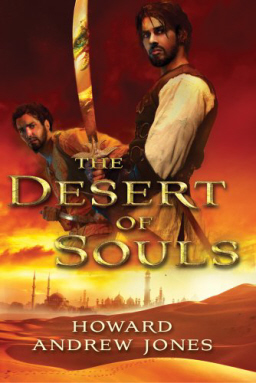

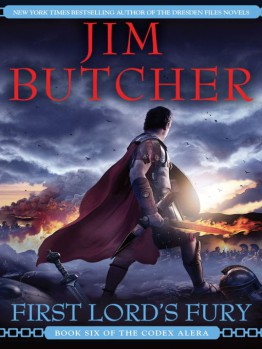
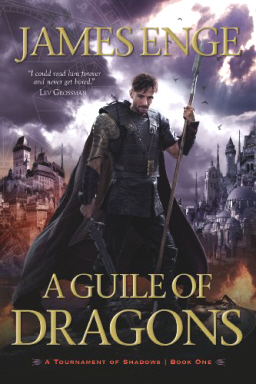
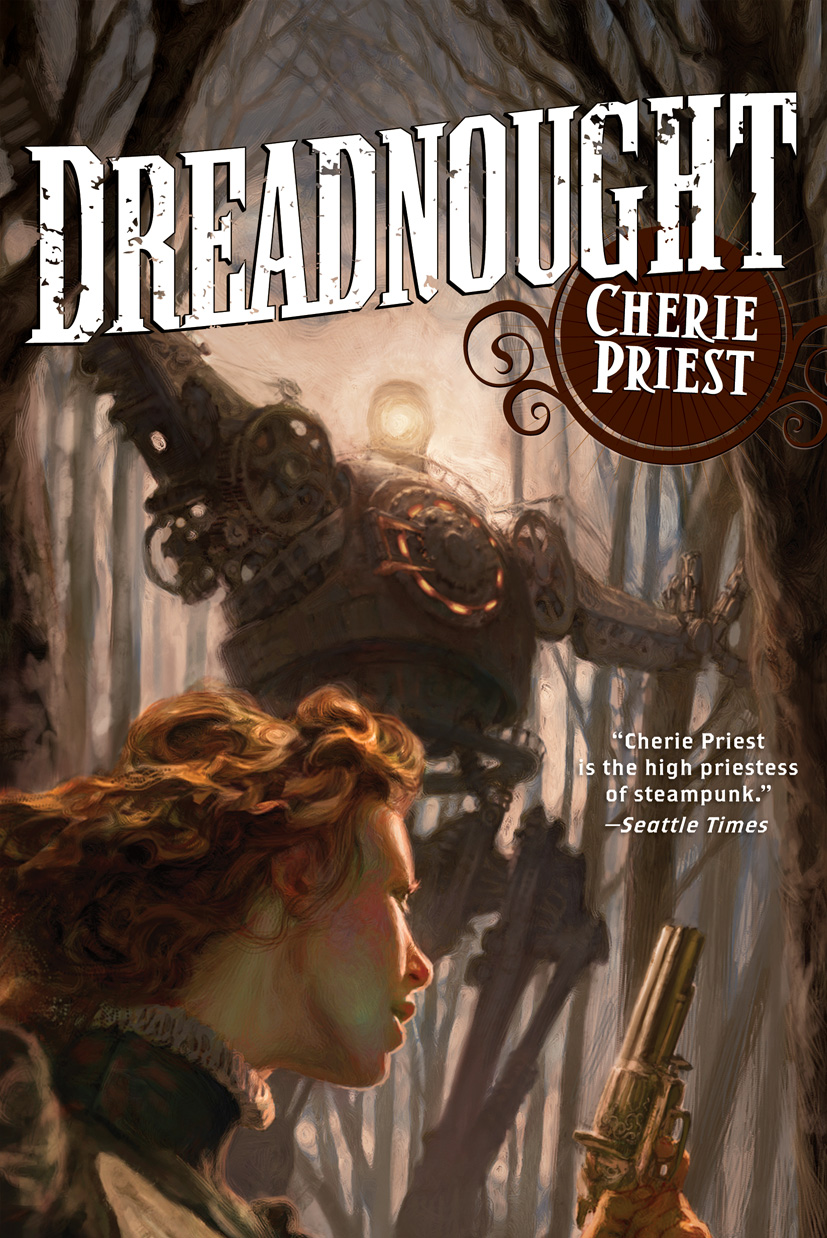 Dreadnought
Dreadnought  So it now it seems
So it now it seems 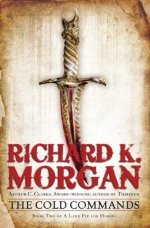 Fit for Heroes (in which the land is neither fit for heroes nor populated with behavior typically classified heroic) by Richard K. (whose middle initial is used on book jackets only on the American side of the pond for some reason) Morgan describe it as “genre busting.” That’s not just some publicist’s hyperbole. You can read the complete review over
Fit for Heroes (in which the land is neither fit for heroes nor populated with behavior typically classified heroic) by Richard K. (whose middle initial is used on book jackets only on the American side of the pond for some reason) Morgan describe it as “genre busting.” That’s not just some publicist’s hyperbole. You can read the complete review over 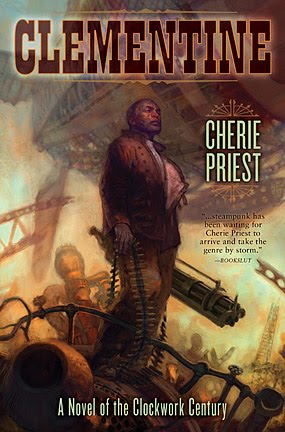 Clementine
Clementine 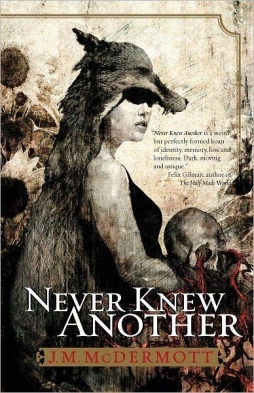 Never Knew Another
Never Knew Another